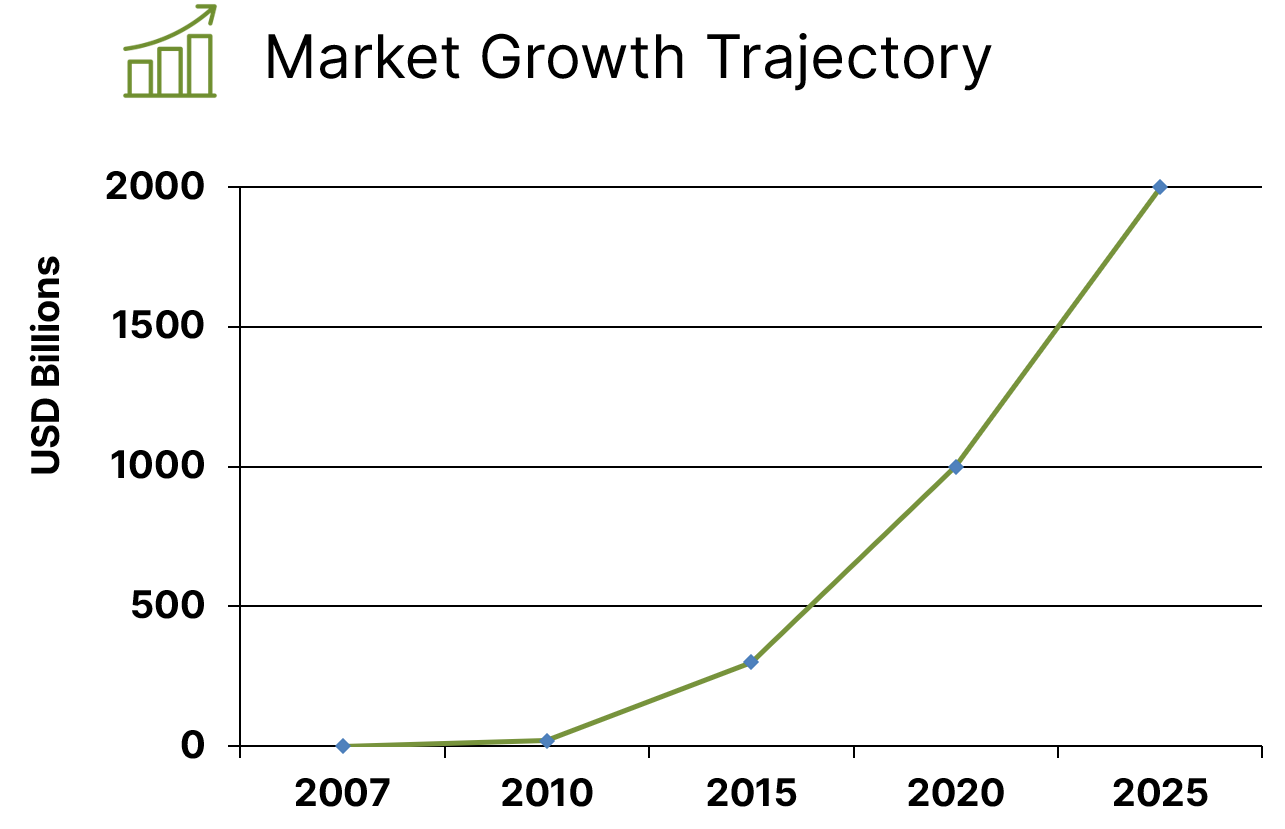
What Are
Green Bonds?
Green Bonds are any type of bond instrument where the proceeds—or an equivalent amount—are exclusively applied to finance or refinance, in part or in full, new and/or existing eligible Green Projects. These projects must align with the four core components of the Green Bond Principles (GBP). Different types of Green Bonds exist in the market, as detailed in the GBP’s Appendix.
Similarities to Conventional Bonds
Environmental Focus
Green Bond proceeds should target projects with clear environmental goals, such as renewable energy, clean transportation, sustainable water management, or energy efficiency.
GBP Compliance
A Green Bond’s compliance with the GBP ensures that issuers meet standards for transparency, disclosure, and reporting—distinguishing these instruments from bonds that are not aligned with the four core components.
Social Co-Benefits
Some eligible Green Projects may also bring social advantages. However, if the primary objectives are environmental, these bonds remain “Green Bonds.” When issuers intentionally combine Green and Social Projects, they typically label them as Sustainability Bonds, for which separate guidance is provided under the Sustainability Bond GuideliDividernes.
Growing Global Market
Since the first Green Bond was issued in 2007 by the European Investment Bank (EIB), Green Bonds have expanded into a market exceeding USD 2 trillion. Initially dominated by multilateral development banks like the EIB and the World Bank, issuers now include corporations and governments worldwide. This transformation reflects the wider investment community’s recognition that supporting sustainable initiatives and aiming for stable financial returns are not mutually exclusive.

Regional Trends and Dominant Currencies
Exploring the global landscape of Green Bond markets and their regional dynamics

Europe Leads the Pack
Consistent with earlier years, Europe remains the largest market for Green Bonds, buoyed by sovereign issuances from EU member states, Germany, France, and others. The euro dominates currency share, reflecting the region’s historically strong regulatory framework for sustainable finance.

Growing Us Market
While still lagging in absolute issuance volume compared to the eurozone, the US has seen a notable uptick in corporate and municipal green offerings. Analysts anticipate that as US borrowing costs stabilize, American issuers will further ramp up their presence in the Green Bond space.

Asian Potential
Several Asian nations, notably China, continue to boost their green financing activities. Policymakers and corporate leaders in this region are increasingly using Green Bonds to fund infrastructure and technology aimed at pollution control, clean energy, and transportation overhauls.
A Broader Investor Base
While early adopters of Green Bonds were predominantly ESG-focused and impact investors, the market has since grown to include traditional fixed-income investors looking to diversify or align their portfolios with sustainability goals. Green Bonds’ financial characteristics—such as structure, risk, and return—are typically comparable to conventional bonds, making them an attractive option for those seeking both performance and environmental impact.

Potential Benefits
In other words, you’re getting a better bang for your buck, a tax-exempt, high yielding fixed income instrument that provides tax write-offs.

Europe’s Leading Role
Europe remains at the forefront of Green Bond issuance, driven by both corporate and sovereign issuers with robust green frameworks. As of 2022, euro-denominated Green Bonds represented 52% of the global market. The US dollar, Chinese renminbi, pound sterling, Swedish krona, and Canadian dollar also feature prominently—though the dominance of the euro reflects Europe’s longstanding commitment to sustainability and the maturity of its Green Bond ecosystem.
Bringing It All Together
Green Bonds fuse the familiar mechanics of traditional bonds with the added benefit of financing environmentally focused projects. Issuers worldwide, spurred on by regulatory changes and investor demand, have made Green Bonds one of the fastest-growing segments of the fixed-income market. Whether you’re an institution aligning with global climate goals or an individual aiming to make a positive environmental impact, Green Bonds offer a transparent, accountable way to invest in a sustainable future.

Disclaimer
The information contained in this article is for educational purposes only and does not constitute financial advice or an endorsement of any specific security. All investments carry risk, including the possible loss of principal. Consult a qualified financial advisor to determine how any investment aligns with your individual needs and goals.

Contact Us
(866) 687-6856
6991 East Camelback Rd,
Suite D-300, Scottsdale, AZ 85251
Copyright © 2025 All rights reserved
Copyright © 2025 All rights reserved









